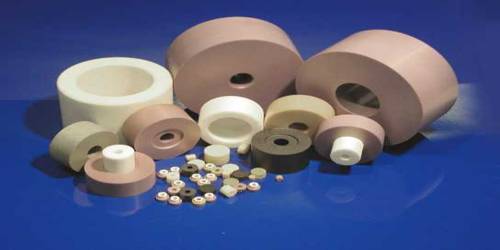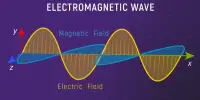Metamaterial absorbers are artificial materials that are designed to absorb specific frequencies of electromagnetic radiation such as microwaves, infrared radiation, or even visible light. They are made up of a collection of subwavelength resonant structures that interact with incoming radiation in a specific way, causing it to be absorbed.
A metamaterial absorber is a type of metamaterial designed to absorb electromagnetic radiation such as light efficiently. Furthermore, metamaterials represent a breakthrough in materials science. As a result, those metamaterials designed to be absorbers provide advantages over conventional absorbers such as further miniaturization, greater adaptability, and increased effectiveness. The metamaterial absorber is intended for use in emitters, photodetectors, sensors, spatial light modulators, infrared camouflage, wireless communication, and solar photovoltaics and thermophotovoltaics.
The concept of designing a metamaterial absorber is based on engineering the material’s electromagnetic properties at a subwavelength scale. This is accomplished by arranging the resonant structures in a specific pattern, which allows them to interact with the incoming radiation in such a way that absorption is enhanced.
Applications
Metamaterial absorbers are classified into two types for practical applications: narrow band and broadband. Metamaterial absorbers, for example, can be used to improve the performance of photodetectors. Metamaterial absorbers can also be used to improve absorption in solar and thermo-photovoltaic applications. Skin depth engineering can be applied to photovoltaic metamaterial absorbers as well as other optoelectronic devices where optimizing device performance necessitates minimizing resistive losses and power consumption, such as photodetectors, laser diodes, and light emitting diodes.
Advantages
One of the primary advantages of metamaterial absorbers is their ability to achieve near-perfect absorption of specific frequencies, which traditional absorbers cannot. As a result, they are highly efficient and effective in a wide range of applications.
Solar energy, thermal imaging, and stealth technology are just a few of the applications for metamaterial absorbers. They are also being researched for potential applications in biomedical imaging and cancer treatment.
Overall, metamaterial absorbers have the potential to revolutionize the way we control and manipulate electromagnetic radiation, and have a wide range of applications in fields such as telecommunications, energy, and medicine.
















